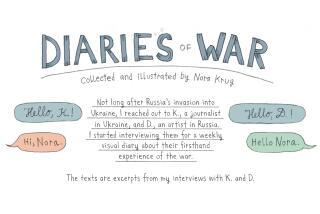FICTION
- Share via
THE ISLAND: Three Tales, by Gustaw Herling , translated from the Polish by Ronald Strom (Viking: $20; 151 pp.) Polish-born Gustaw Herling survived imprisonment in the Soviet Gulag in World War II. Ever since, he has lived in Italy. This exile, apparently, hasn’t insulated him from modern-day horrors, but it has afforded him some distance. These three long stories wrap dark themes in tropically sensuous language; they look less to the immediate past than to traditional Christian concepts of suffering and redemption. Even in method, Herling seems a throwback to the 19th Century. His descriptions are long, patient, uncinematic; he doesn’t hesitate to use the editorial voice, and his prose (at least in Ronald Strom’s translation) is as stiffly embroidered as a cleric’s cope.
In “The Island,” the longest of these stories, a web of transgressions--some generations old--binds a lonely priest, a blind stonemason and an order of monks on a tourist island in the Bay of Naples. In “The Tower,” an inquiry into the meaning of life links an Allied army officer, a reclusive schoolteacher and a leper confined to a tower in the 18th Century. In “The Second Coming,” a 13th-Century priest accused of heresy is executed in an Italy terrified by the plague.
What makes Herling a modern, nonetheless, is the troubled, ambiguous way these stories end. Redemption isn’t ruled out, but the path to it is rockier and more tortuous than earlier ages would admit. Also, progress in art isn’t linear; old methods can seem new, with a little burnishing. When Herling gives landscapes explicit moral value--”The entrance to the Val d’Aosta (where the leper is held) must seem to every traveler to be the jumping-off place from a realm of light into a domain of darkness”--the power of this once-hackneyed device, used without apology, strikes us afresh.
More to Read
Sign up for our Book Club newsletter
Get the latest news, events and more from the Los Angeles Times Book Club, and help us get L.A. reading and talking.
You may occasionally receive promotional content from the Los Angeles Times.









